Home>Technology>Smart Home Devices>What Wi-Fi Router Do I Need
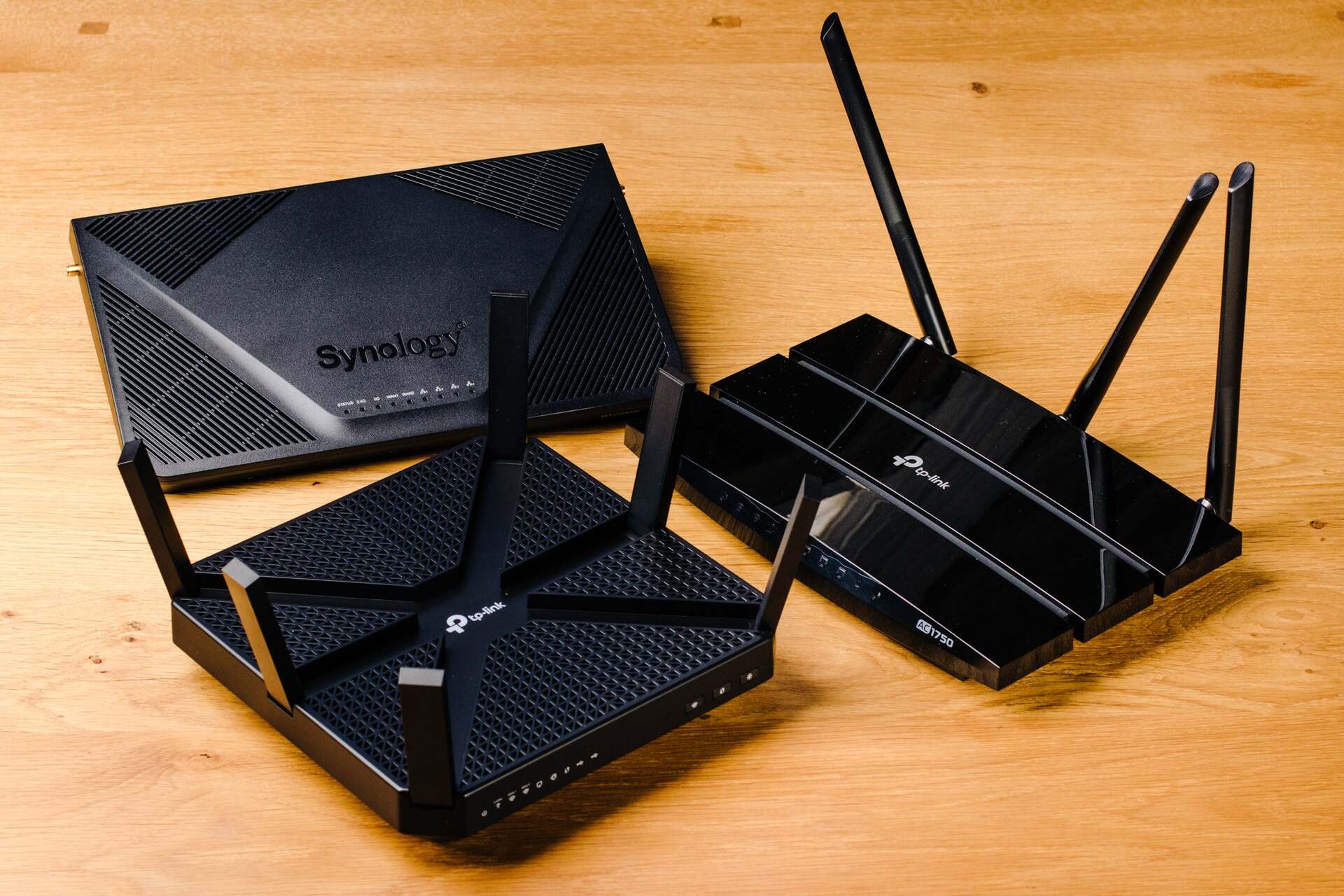

Smart Home Devices
What Wi-Fi Router Do I Need
Published: January 2, 2024
Looking for the right Wi-Fi router for your smart home devices? Find the perfect match with our comprehensive guide and recommendations.
(Many of the links in this article redirect to a specific reviewed product. Your purchase of these products through affiliate links helps to generate commission for Storables.com, at no extra cost. Learn more)
Introduction
Read more: What To Do With An Old Wi-Fi Router
Introduction
Welcome to the era of smart homes, where everything from your thermostat to your refrigerator can be connected to the internet. As the number of smart devices in our homes continues to grow, the need for a reliable and robust Wi-Fi network becomes increasingly vital. However, with the myriad of Wi-Fi routers available in the market, choosing the right one can be a daunting task. In this article, we will delve into the key factors to consider when selecting a Wi-Fi router that best suits your smart home needs.
From understanding Wi-Fi standards to assessing coverage and range, and from considering the number of devices to evaluating security features and additional functionalities, we will guide you through the decision-making process. By the end of this article, you will be equipped with the knowledge to make an informed choice and ensure that your smart home devices are seamlessly connected to a reliable Wi-Fi network.
Key Takeaways:
- Choosing the right Wi-Fi router for your smart home involves considering Wi-Fi standards, coverage, device support, security, and extra features. Prioritize Wi-Fi 6, assess your space, and ensure security for a seamless smart home experience.
- When selecting a Wi-Fi router, prioritize Wi-Fi 6 for future-proofing, assess coverage needs, and consider the number of devices. Look for security features and extra functionalities to enhance your smart home network.
Understanding Wi-Fi Standards
When choosing a Wi-Fi router for your smart home, it’s crucial to understand the different Wi-Fi standards available. The most common Wi-Fi standards in use today are 802.11n, 802.11ac, and the latest 802.11ax (Wi-Fi 6). Each of these standards offers varying speeds, frequencies, and features.
802.11n: This standard, also known as Wireless-N, operates on both the 2.4GHz and 5GHz frequency bands, offering maximum theoretical speeds of up to 600Mbps. While 802.11n routers are still in use, they are considered outdated compared to newer standards.
802.11ac: Commonly referred to as Wi-Fi 5, 802.11ac routers operate solely on the 5GHz band and can deliver speeds of up to 3.46Gbps. With improved performance and reliability, 802.11ac is suitable for handling the demands of multiple smart devices simultaneously.
802.11ax (Wi-Fi 6): The latest standard, 802.11ax, or Wi-Fi 6, operates on both 2.4GHz and 5GHz bands and introduces advanced technologies to enhance network efficiency, particularly in dense environments with numerous connected devices. Wi-Fi 6 routers can deliver speeds of up to 9.6Gbps, making them ideal for modern smart homes.
When selecting a Wi-Fi router, opting for the latest standard, 802.11ax (Wi-Fi 6), ensures that your smart home devices can leverage the most advanced features and capabilities, providing a future-proof solution for your connectivity needs.
Coverage and Range
One of the critical considerations when choosing a Wi-Fi router for your smart home is its coverage and range capabilities. The size of your living space and the layout of your home will determine the range requirements for your Wi-Fi network. Factors such as wall materials, interference from other electronic devices, and the presence of obstructions can also impact the coverage area of your Wi-Fi signal.
When evaluating a Wi-Fi router’s coverage, it’s essential to consider the following:
- Single-Unit Coverage: Some routers are designed to cover a smaller area and are suitable for apartments or small homes. These routers are typically more affordable and can be sufficient for basic smart home setups with minimal device density.
- Mesh Network Systems: For larger homes or areas with Wi-Fi dead zones, a mesh network system may be the ideal solution. Mesh systems consist of multiple access points that work together to provide seamless coverage throughout the entire living space, ensuring that smart devices can connect reliably from any location.
- Beamforming Technology: Look for routers equipped with beamforming technology, which enables the router to focus the Wi-Fi signal directly towards connected devices, enhancing coverage and reducing interference.
By assessing your specific coverage needs and considering the layout of your home, you can select a Wi-Fi router that ensures consistent and reliable connectivity for all your smart home devices, regardless of their location within your living space.
Number of Devices
As the number of smart devices in modern homes continues to increase, it’s vital to choose a Wi-Fi router capable of handling the connected device density without compromising performance. Smart home devices such as security cameras, smart speakers, thermostats, and smart TVs all rely on a stable and robust Wi-Fi connection to function effectively.
When considering the number of devices your Wi-Fi router should support, keep the following in mind:
- Simultaneous Connections: Determine the maximum number of devices your router should support simultaneously. This is particularly important for households with multiple occupants, each with their own smartphones, tablets, laptops, and smart devices.
- Bandwidth Allocation: Some routers offer advanced features for allocating bandwidth to specific devices or activities, ensuring that critical smart home devices receive priority for seamless operation.
- Multi-User MIMO: Look for routers equipped with Multi-User Multiple Input, Multiple Output (MIMO) technology, which enables the router to handle multiple device connections simultaneously, reducing latency and improving overall network performance.
By understanding the number of devices that will be connected to your Wi-Fi network and considering the potential for future device additions, you can select a router that can accommodate the demands of your smart home ecosystem, providing a smooth and reliable connectivity experience for all your devices.
When choosing a Wi-Fi router, consider the size of your home, the number of devices you have, and the internet speed you subscribe to. Look for a router that supports the latest Wi-Fi standards and has good range and speed capabilities.
Read more: What Does A Wi-Fi Router Do
Security Features
Ensuring the security of your smart home network is paramount, and selecting a Wi-Fi router with robust security features is essential to safeguard your connected devices and personal data from potential threats and intrusions.
When evaluating the security features of a Wi-Fi router, consider the following aspects:
- WPA3 Encryption: Look for routers that support the latest WPA3 encryption standard, which provides enhanced security protocols to protect your Wi-Fi network from unauthorized access and cyber threats.
- Guest Network Support: Opt for routers that offer guest network functionality, allowing you to create a separate network for visitors without granting them access to your primary smart home devices and data.
- Firewall and Parental Controls: Some routers come equipped with built-in firewalls and parental control features, enabling you to manage and restrict internet access for specific devices or users, enhancing security and providing peace of mind.
- Automatic Firmware Updates: Select routers that receive automatic firmware updates to ensure that security vulnerabilities are promptly addressed, keeping your network protected against emerging threats.
By prioritizing the security features of your Wi-Fi router, you can establish a secure environment for your smart home devices, mitigating potential risks and vulnerabilities while maintaining a safe and protected network for your family and connected devices.
Additional Features
When selecting a Wi-Fi router for your smart home, it’s beneficial to consider additional features that can enhance the functionality and management of your network, providing a more seamless and convenient user experience.
Key additional features to look for in a Wi-Fi router include:
- Quality of Service (QoS) Settings: Routers with QoS settings allow you to prioritize specific types of internet traffic, ensuring that bandwidth is allocated efficiently to support critical smart home applications such as video streaming, online gaming, and video calls.
- USB Ports and Network-Attached Storage (NAS) Support: Routers equipped with USB ports enable the connection of external storage devices, facilitating the creation of a network-attached storage system for centralized file sharing and backups within your home network.
- Voice Assistant Integration: Some modern routers offer compatibility with popular voice assistants, allowing you to manage network settings and perform basic configurations using voice commands, adding a layer of convenience to network management.
- Mobile App Support: Look for routers that come with dedicated mobile apps for easy network setup, monitoring, and management, providing intuitive control and visibility of your smart home network from your smartphone or tablet.
By considering these additional features, you can select a Wi-Fi router that not only meets your connectivity needs but also offers advanced functionalities to streamline network management and optimize the performance of your smart home ecosystem.
Conclusion
Choosing the right Wi-Fi router for your smart home is a decision that necessitates careful consideration of various factors, including Wi-Fi standards, coverage and range, device support, security features, and additional functionalities. By understanding the significance of each of these aspects, you can make an informed choice that ensures a reliable and secure Wi-Fi network for your expanding array of smart home devices.
When selecting a Wi-Fi router, prioritize the latest Wi-Fi standard, such as 802.11ax (Wi-Fi 6), to future-proof your network and benefit from advanced features and enhanced performance. Assess the coverage and range requirements of your living space, opting for a single-unit router or a mesh network system based on your specific needs.
Consider the number of devices that will be connected to your network and choose a router with the capacity to handle simultaneous connections and allocate bandwidth efficiently. Prioritize security features such as WPA3 encryption, guest network support, and automatic firmware updates to safeguard your smart home network from potential threats.
Furthermore, explore routers with additional features such as Quality of Service settings, USB ports for network-attached storage, voice assistant integration, and mobile app support to streamline network management and enhance the overall user experience.
By carefully evaluating these factors and features, you can select a Wi-Fi router that not only meets the current demands of your smart home but also accommodates future expansion and technological advancements, ensuring that your smart devices are seamlessly connected to a robust and secure Wi-Fi network.
With the right Wi-Fi router in place, you can enjoy the full potential of your smart home ecosystem, with reliable connectivity, enhanced security, and advanced management capabilities, creating a seamless and efficient digital living environment for you and your family.
Frequently Asked Questions about What Wi-Fi Router Do I Need
Was this page helpful?
At Storables.com, we guarantee accurate and reliable information. Our content, validated by Expert Board Contributors, is crafted following stringent Editorial Policies. We're committed to providing you with well-researched, expert-backed insights for all your informational needs.

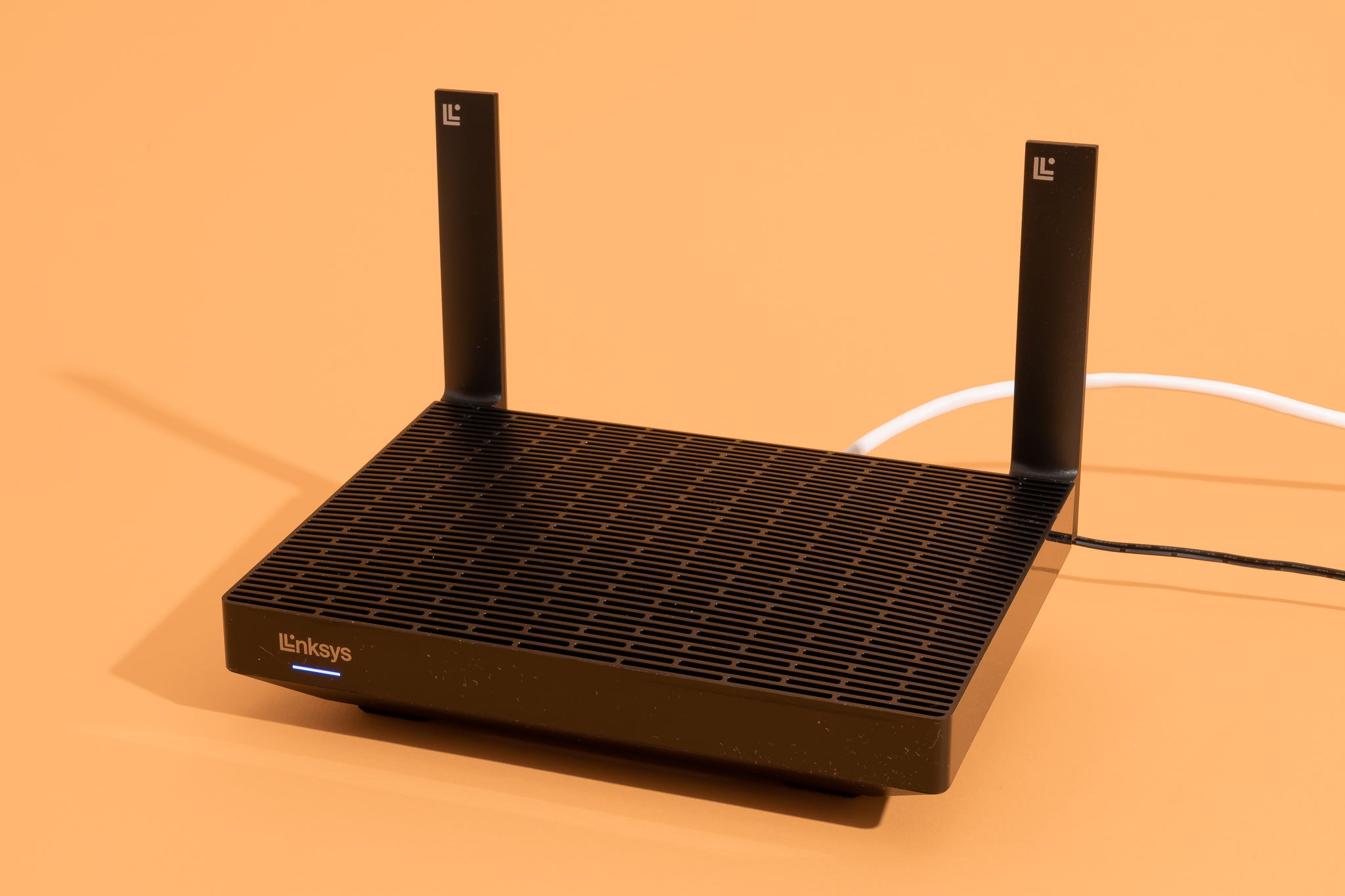
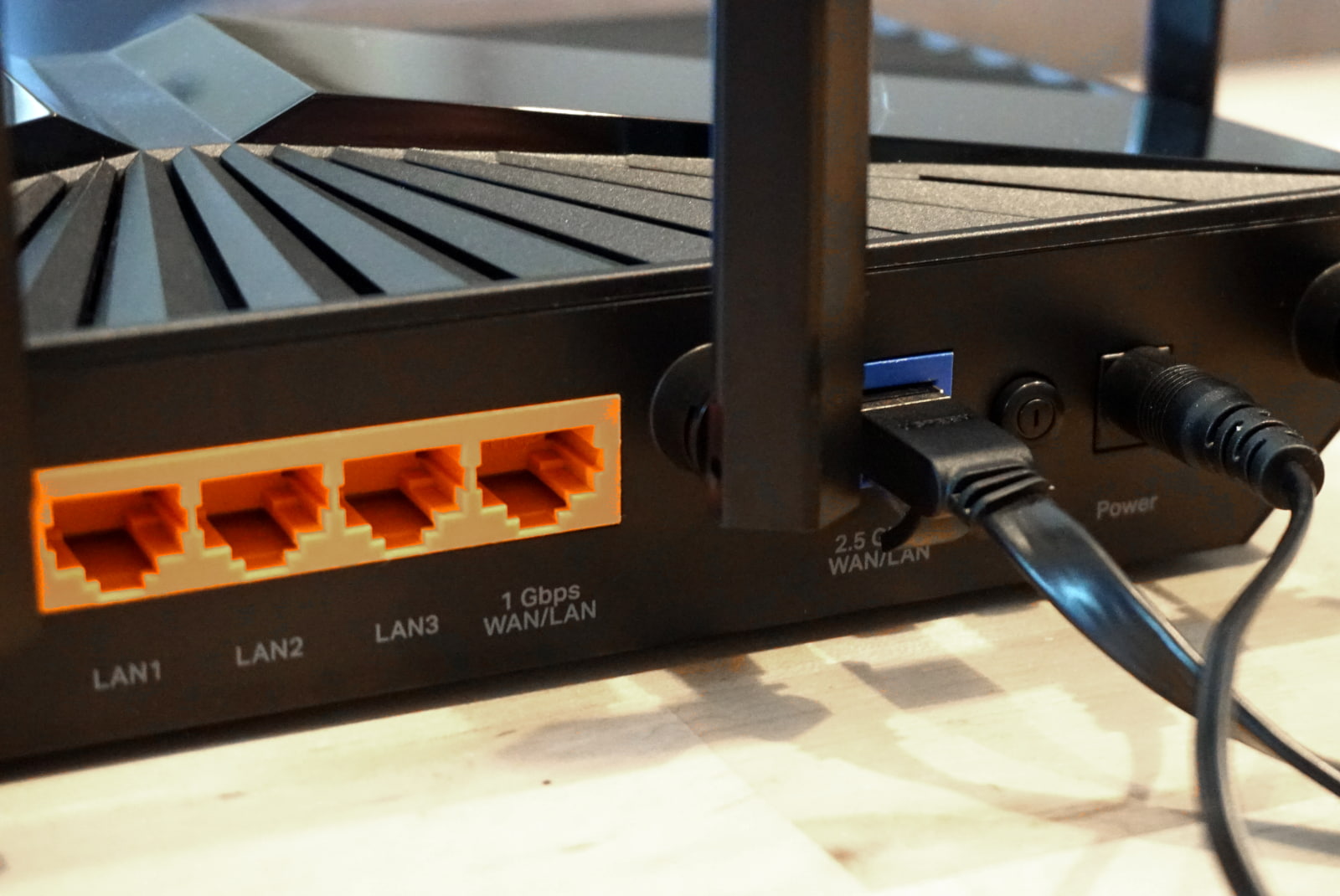
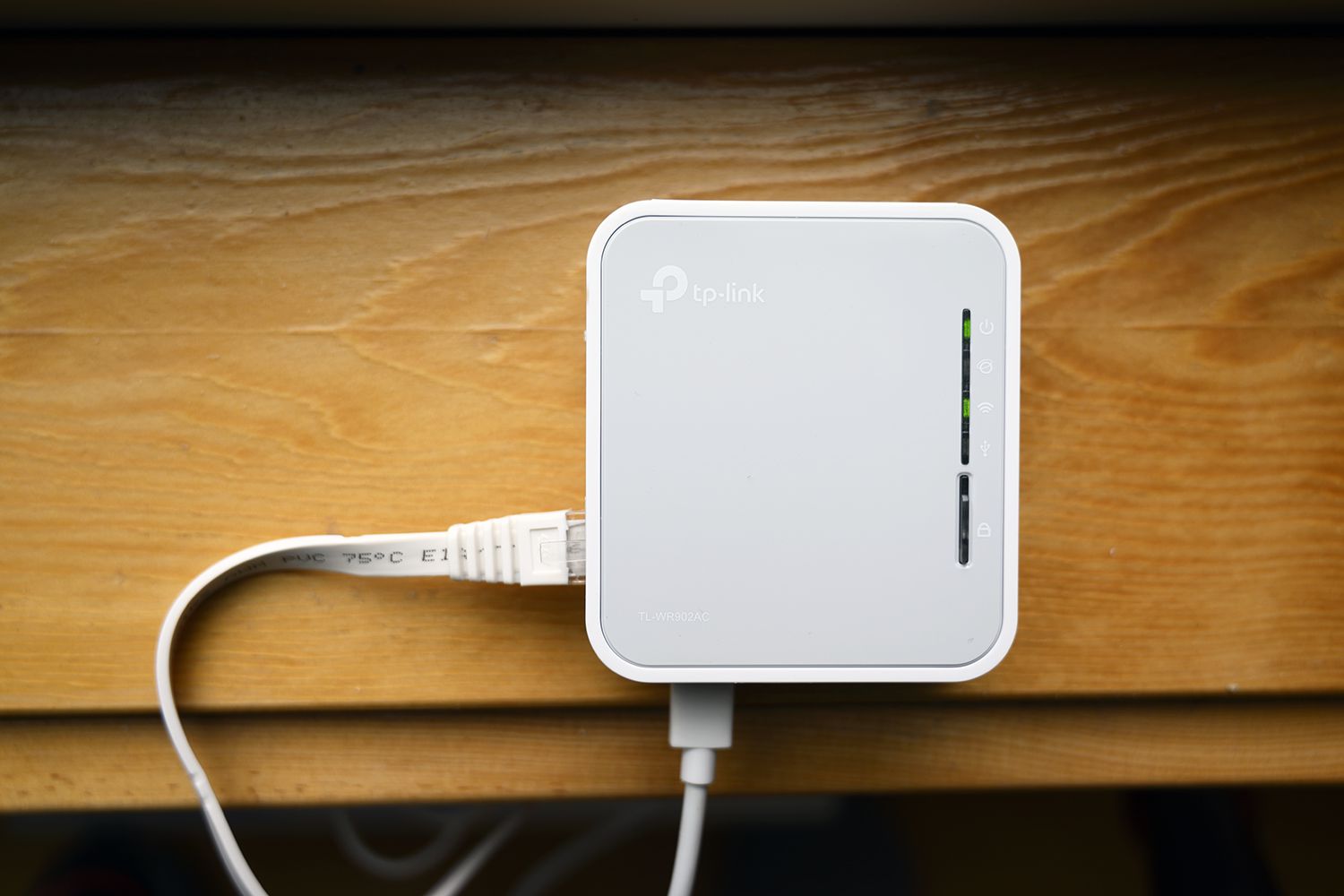
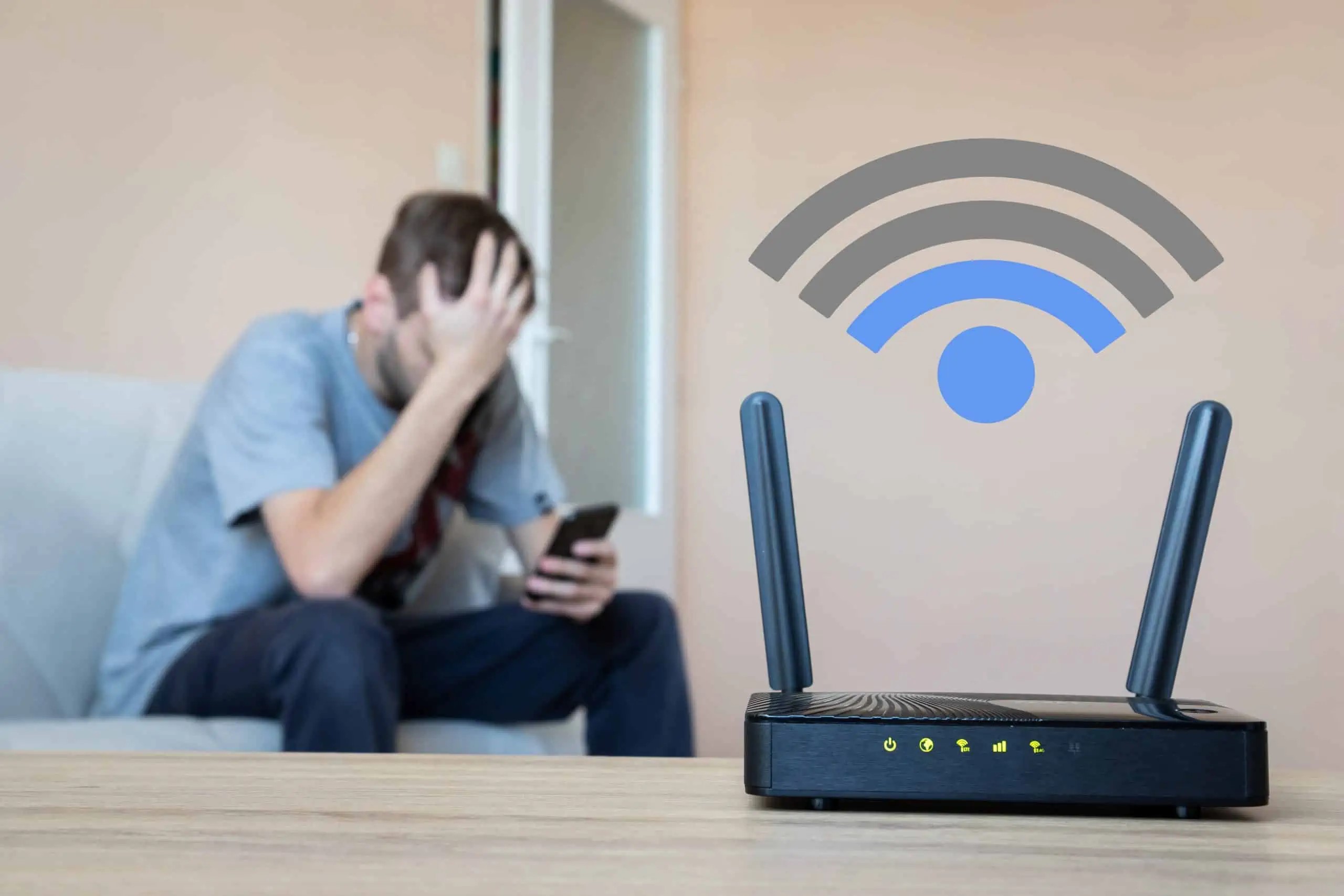



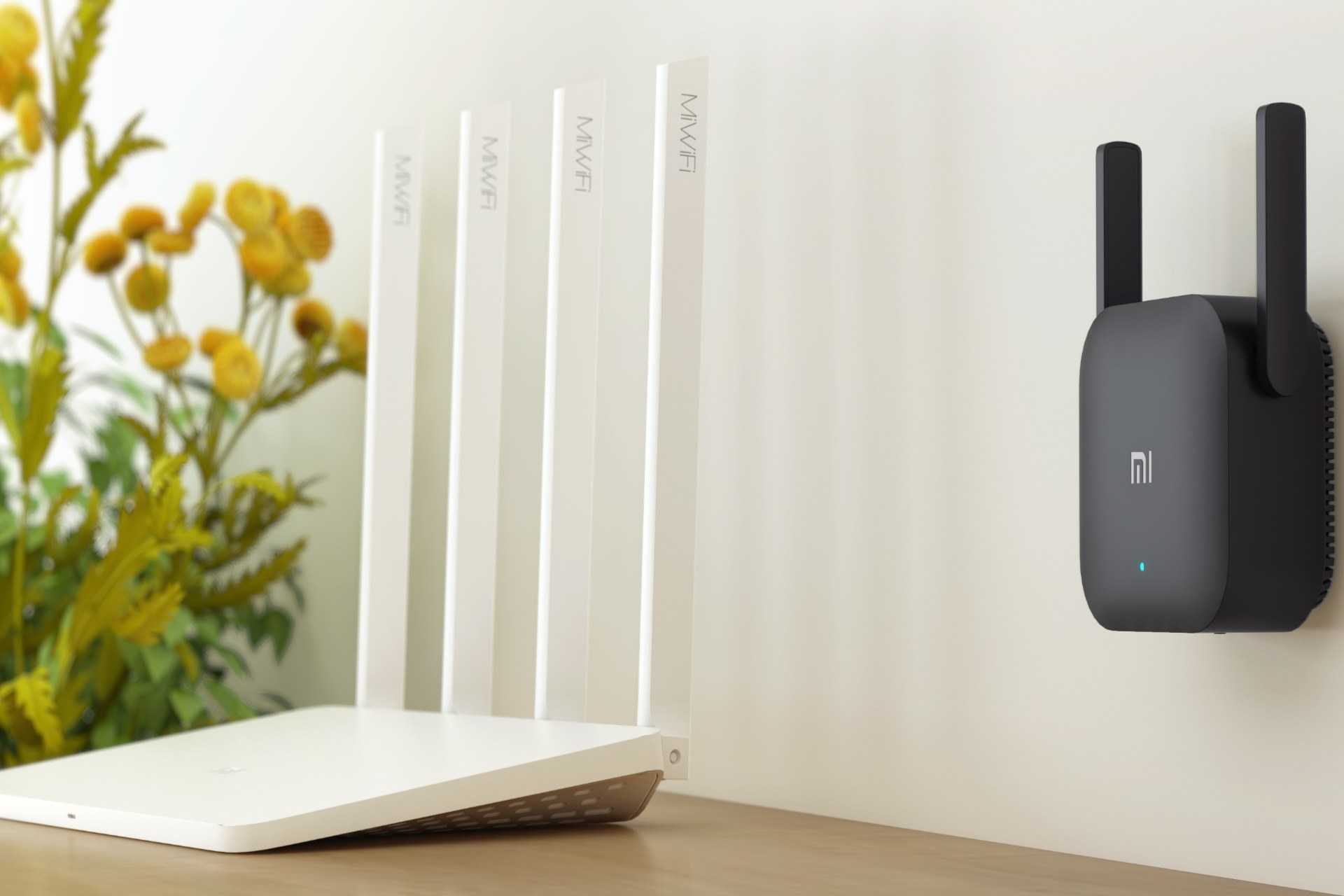
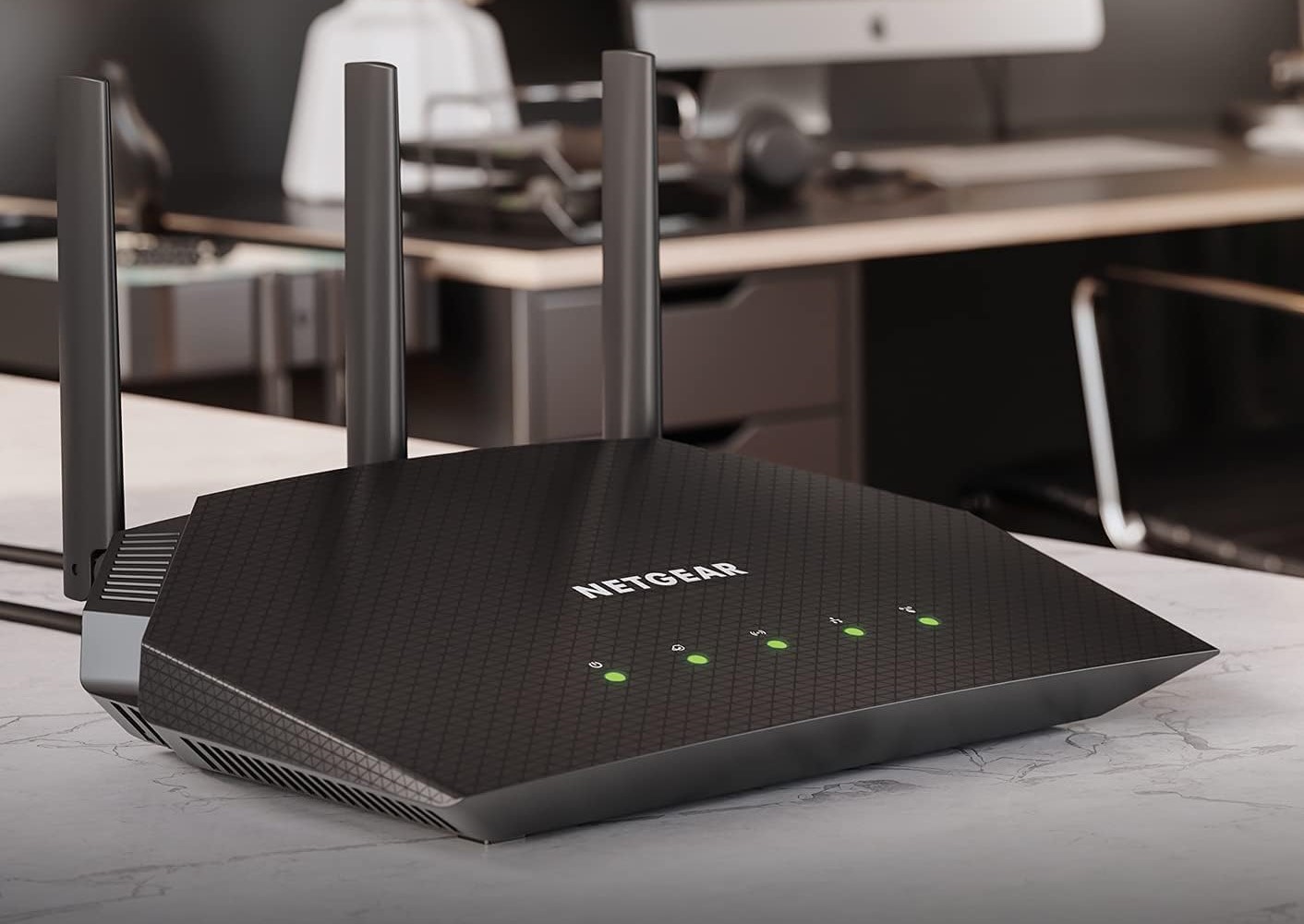
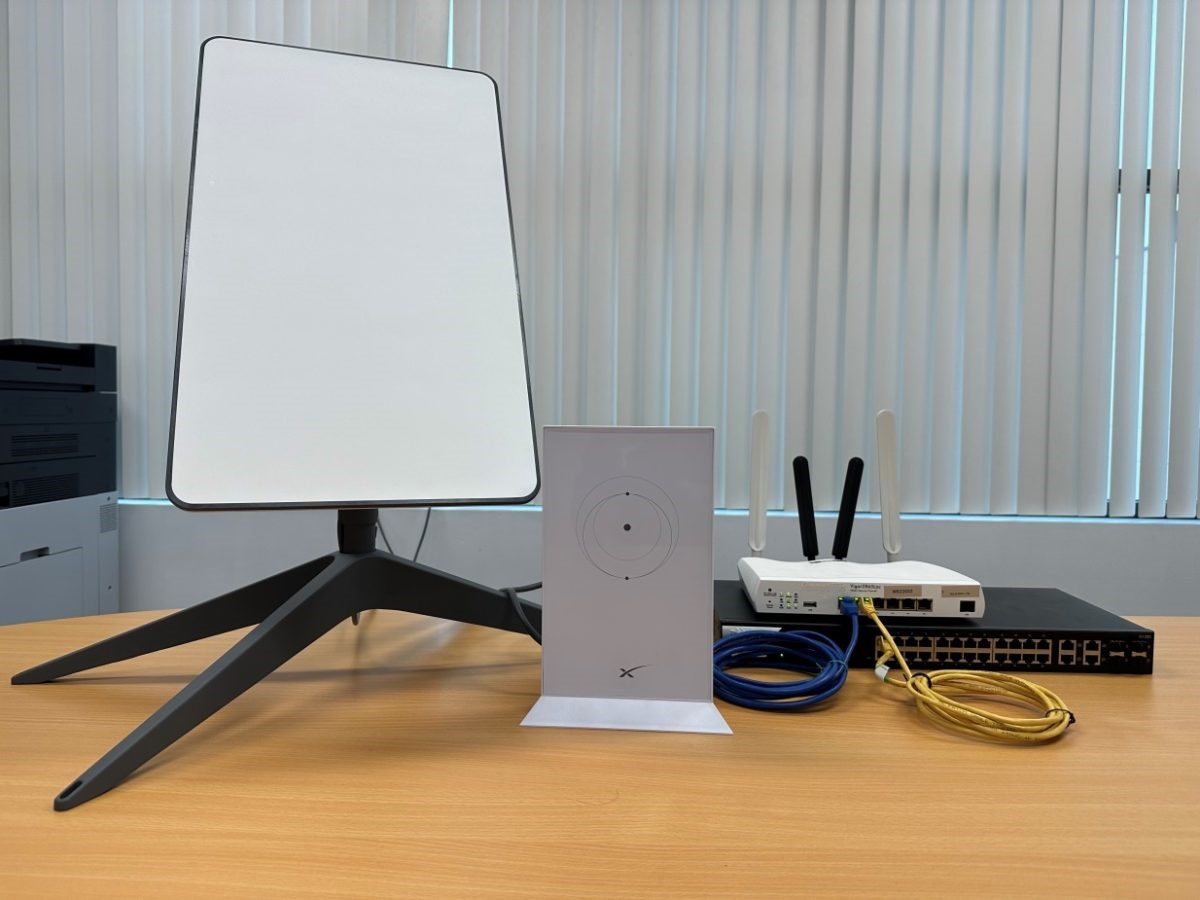
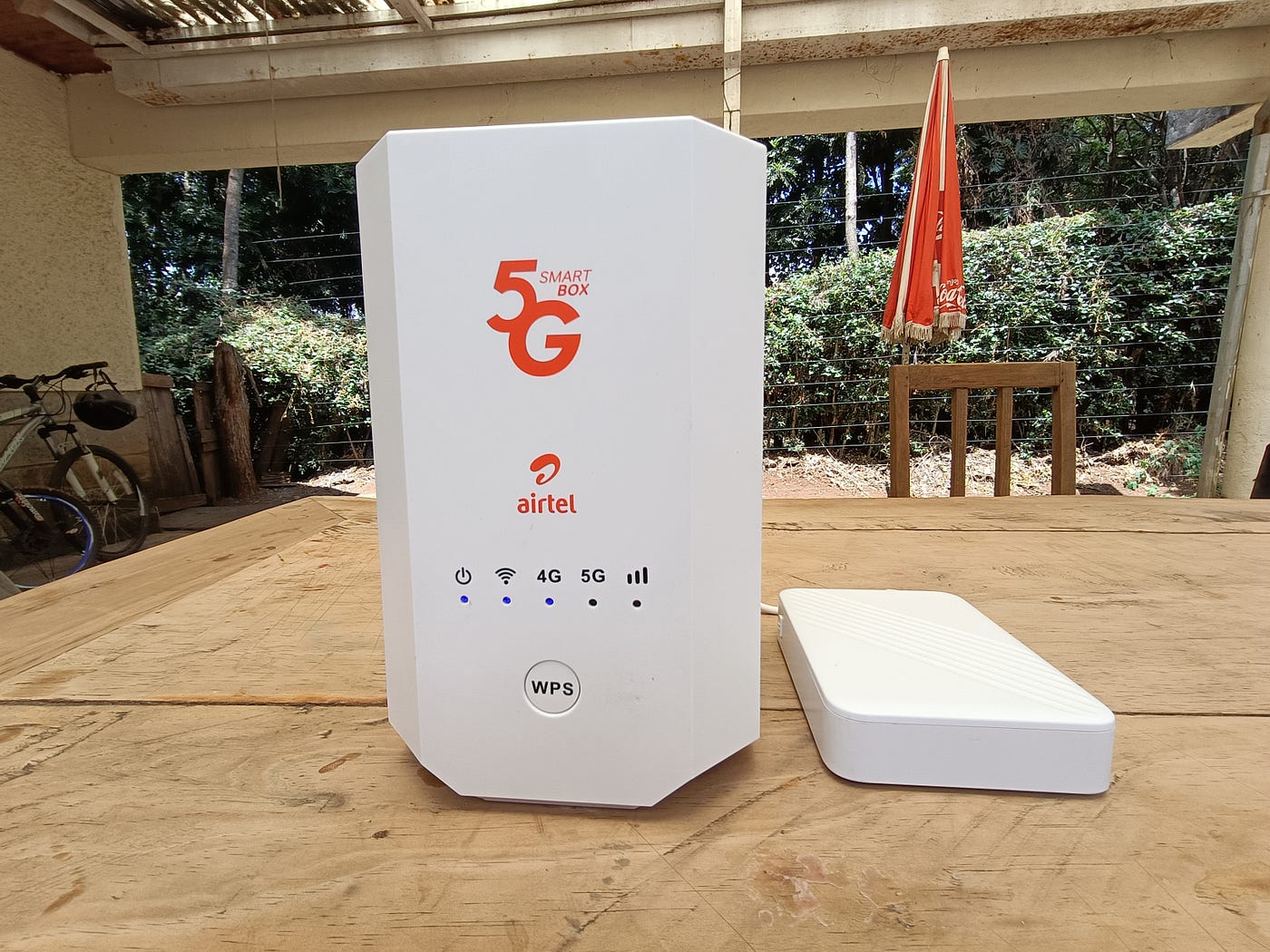
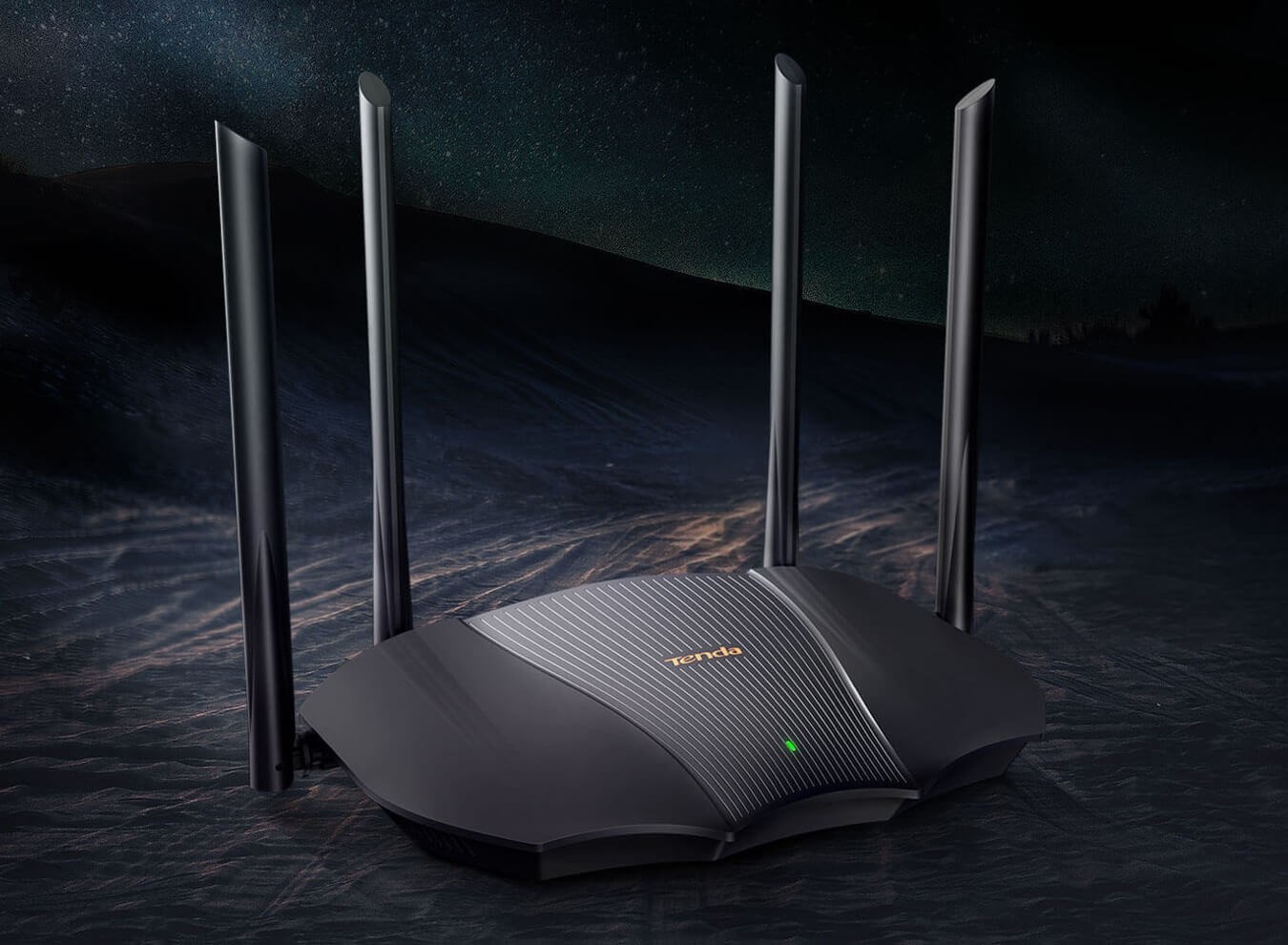
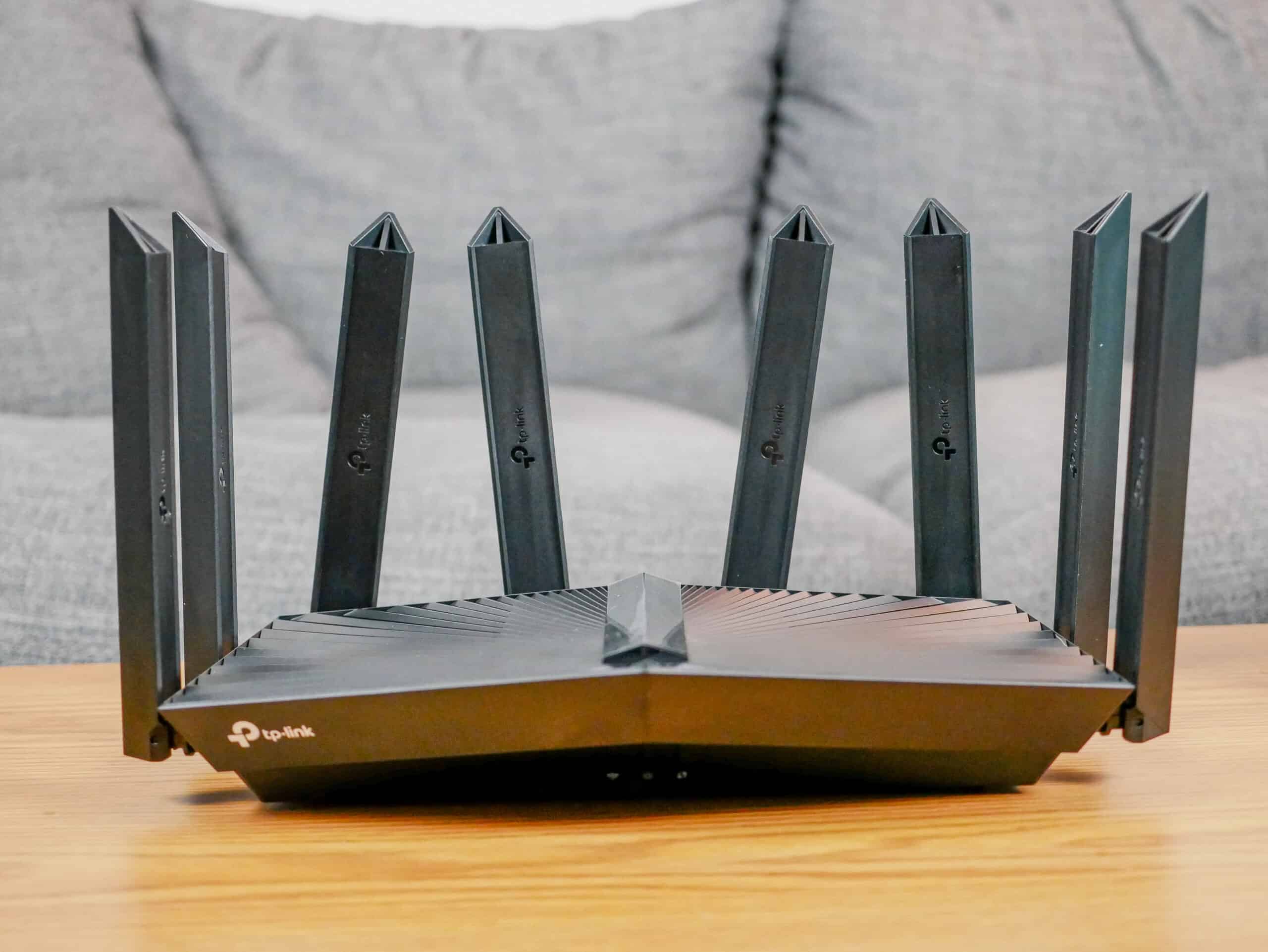

0 thoughts on “What Wi-Fi Router Do I Need”